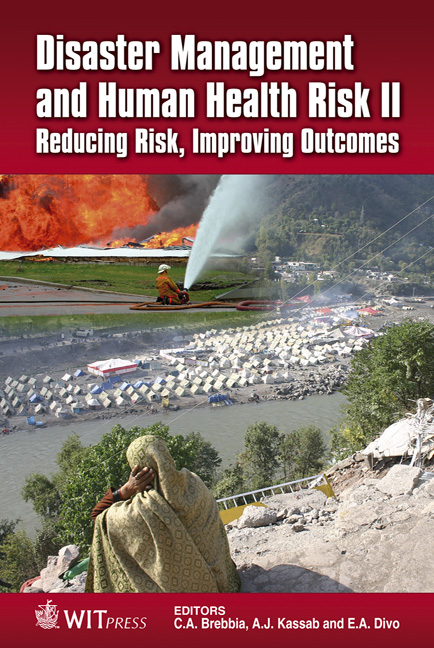Application Of Google Earth For Flood Disaster Monitoring In 3D-GIS
Price
Free (open access)
Transaction
Volume
119
Pages
6
Page Range
271 - 276
Published
2011
Size
3,824 kb
Paper DOI
10.2495/DMAN110241
Copyright
WIT Press
Author(s)
M. Mori & Y. L. Chan
Abstract
A prototype flood monitoring system has been developed using Google Earth related to Geographic Information Systems (GIS). GIS have become effective tools for analyzing flood disasters, especially for three-dimensional (3D) analysis. However, high performance commercial GIS are very expensive so many offices, such as the U.S. National Weather Service (NWS), use web-based flood monitoring systems such as Google Earth. A web-based monitoring system is a low cost and efficient means to monitor local occurrences of floods. The present monitoring system is designed to provide the output result via a webbased interface to agencies, in both the public and private sectors. The present system provides estimated inundation zones, water depth, and flood hazard map via a web-based interface, which are based on a two-meter Digital Surface Model (DSM). A 2 m DSM is a more precise 3D model when compared with the previous Digital Elevation Models (DEM). Keywords: flood, Google Earth, 3D GIS, DEM/DSM. 1 Introduction Flood damage is quite severe in northern Kyushu, Japan, during the yearly typhoon season. Floods are most frequent, making up 46% of all natural disasters and cause most human loss, affecting 78% of the population who have experienced natural disasters [1]. A prototype web-based flood monitoring system has been developed, which uses Google Earth pro v.5. Google Earth pro is more advanced than the standard version, which enables easy connection with not only Key-hole Markup Language (KML) files but also GIS files.
Keywords
flood, Google Earth, 3D GIS, DEM/DSM




